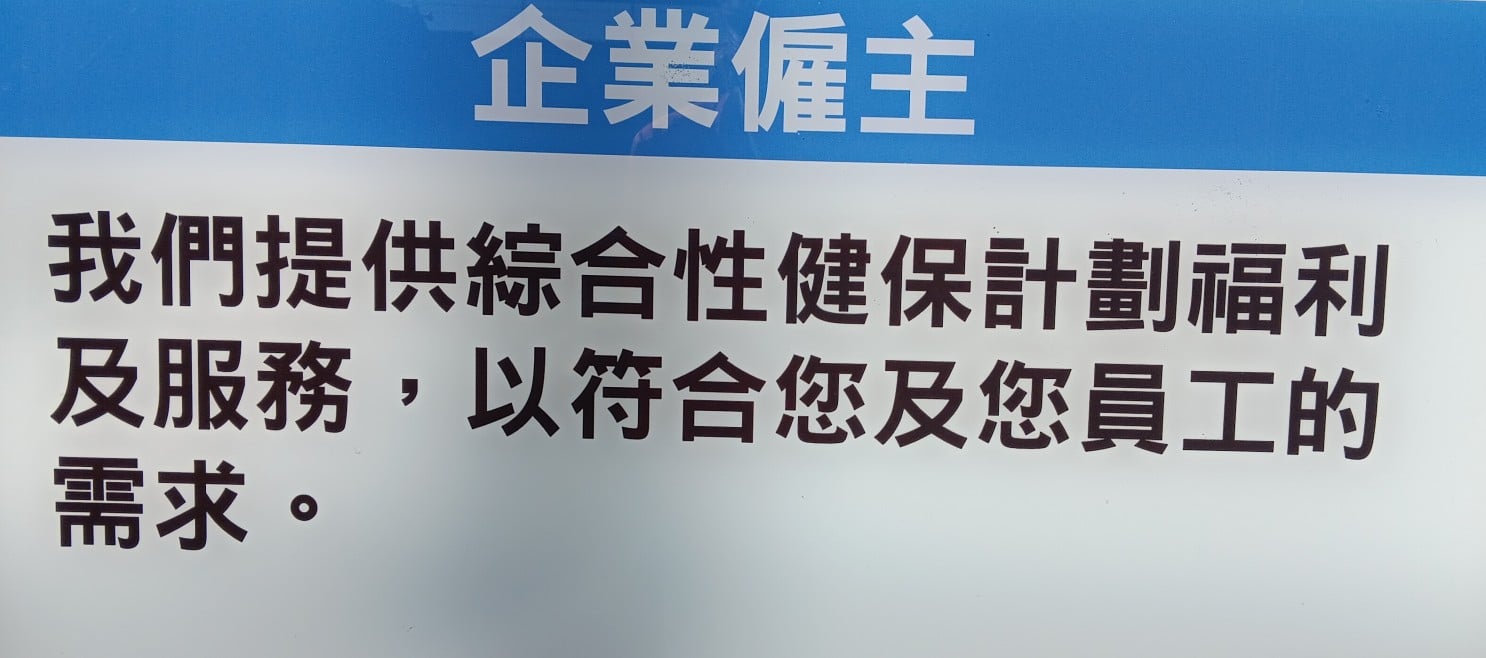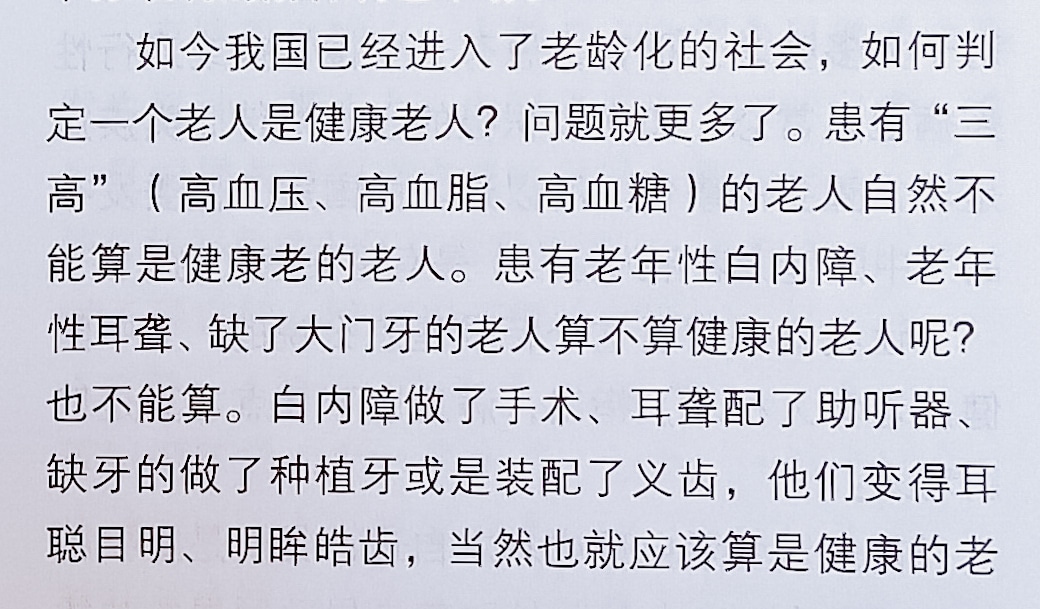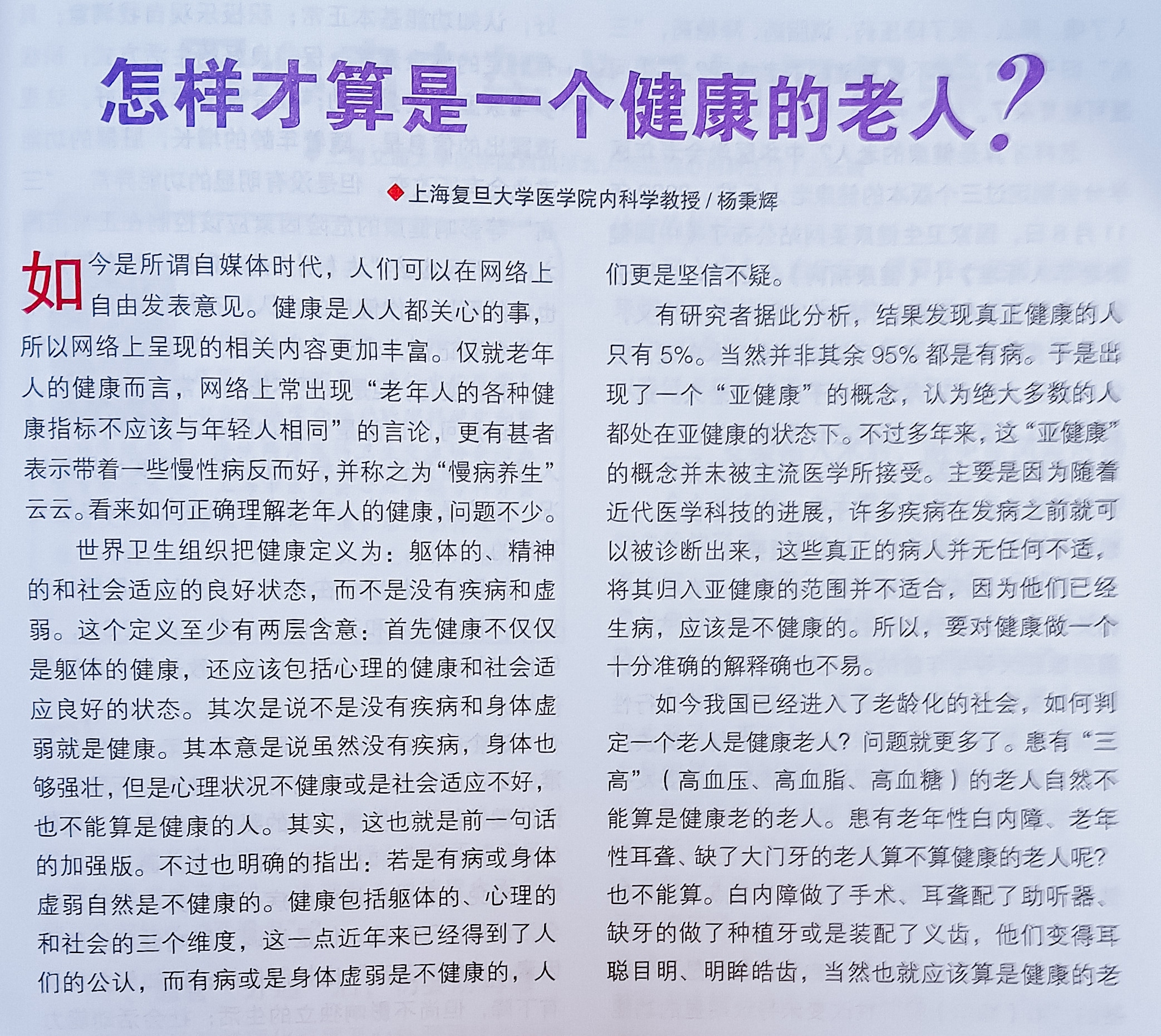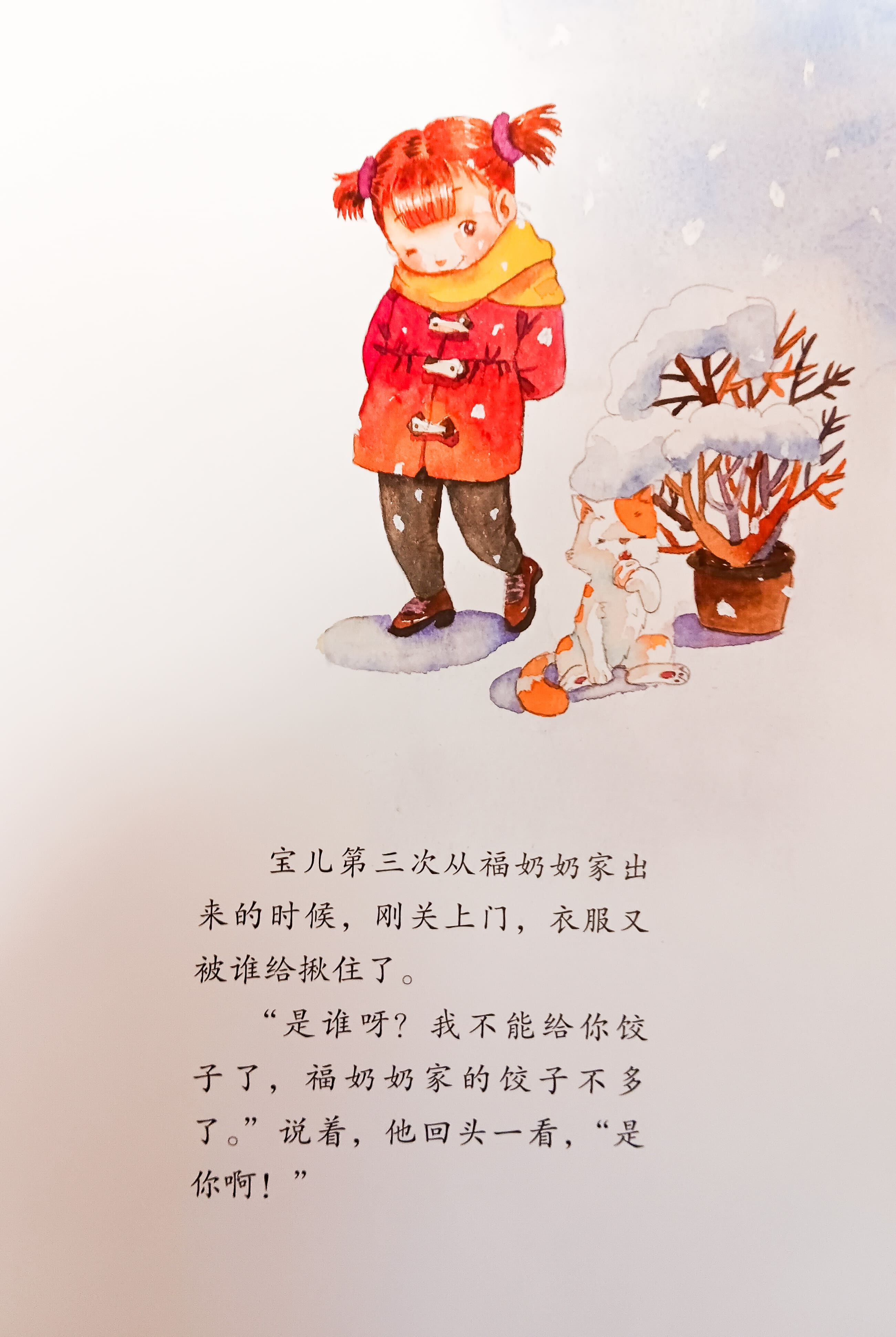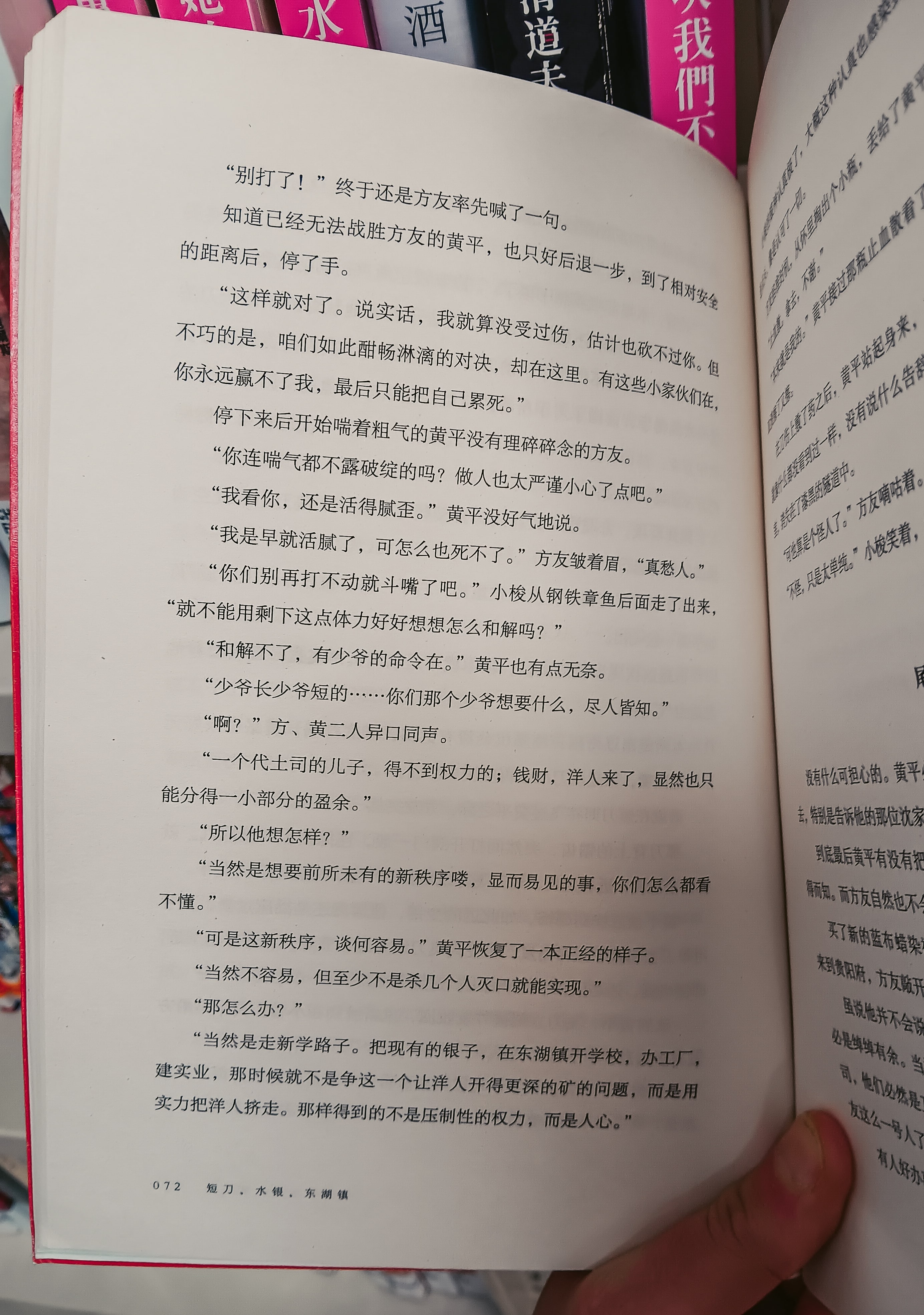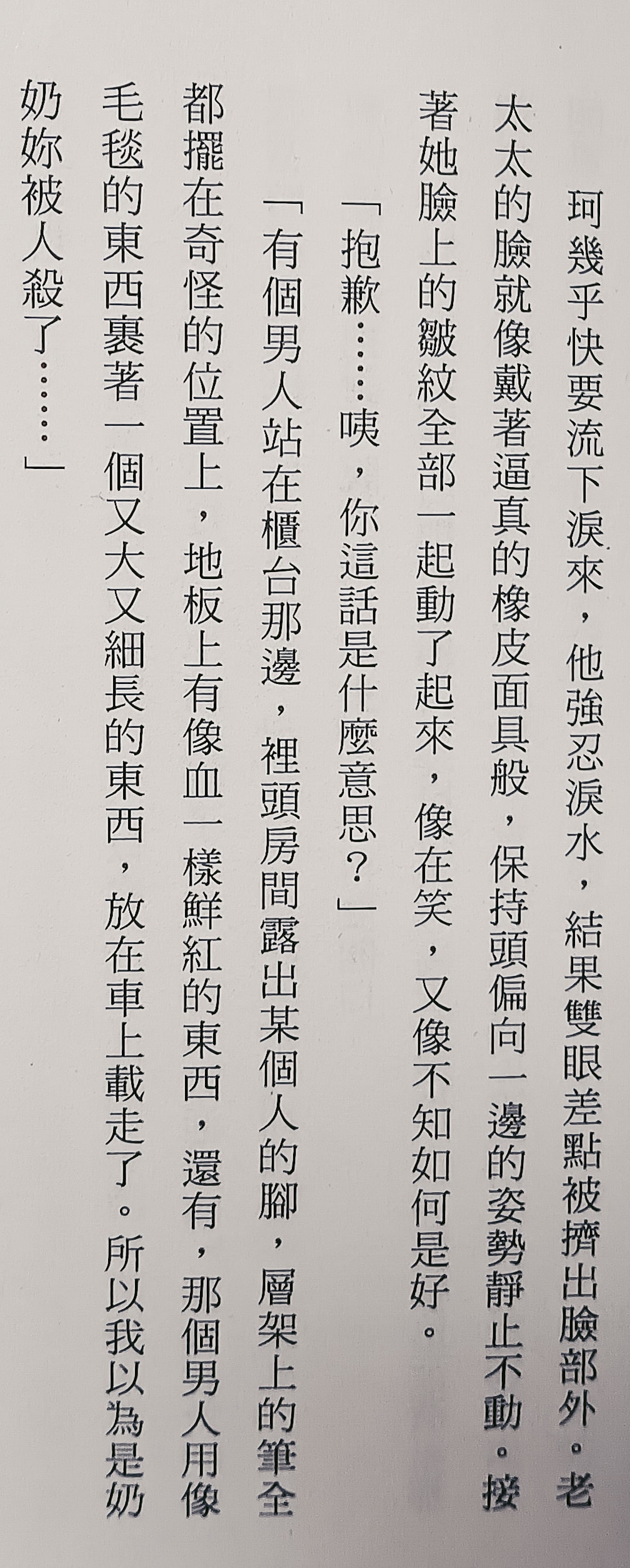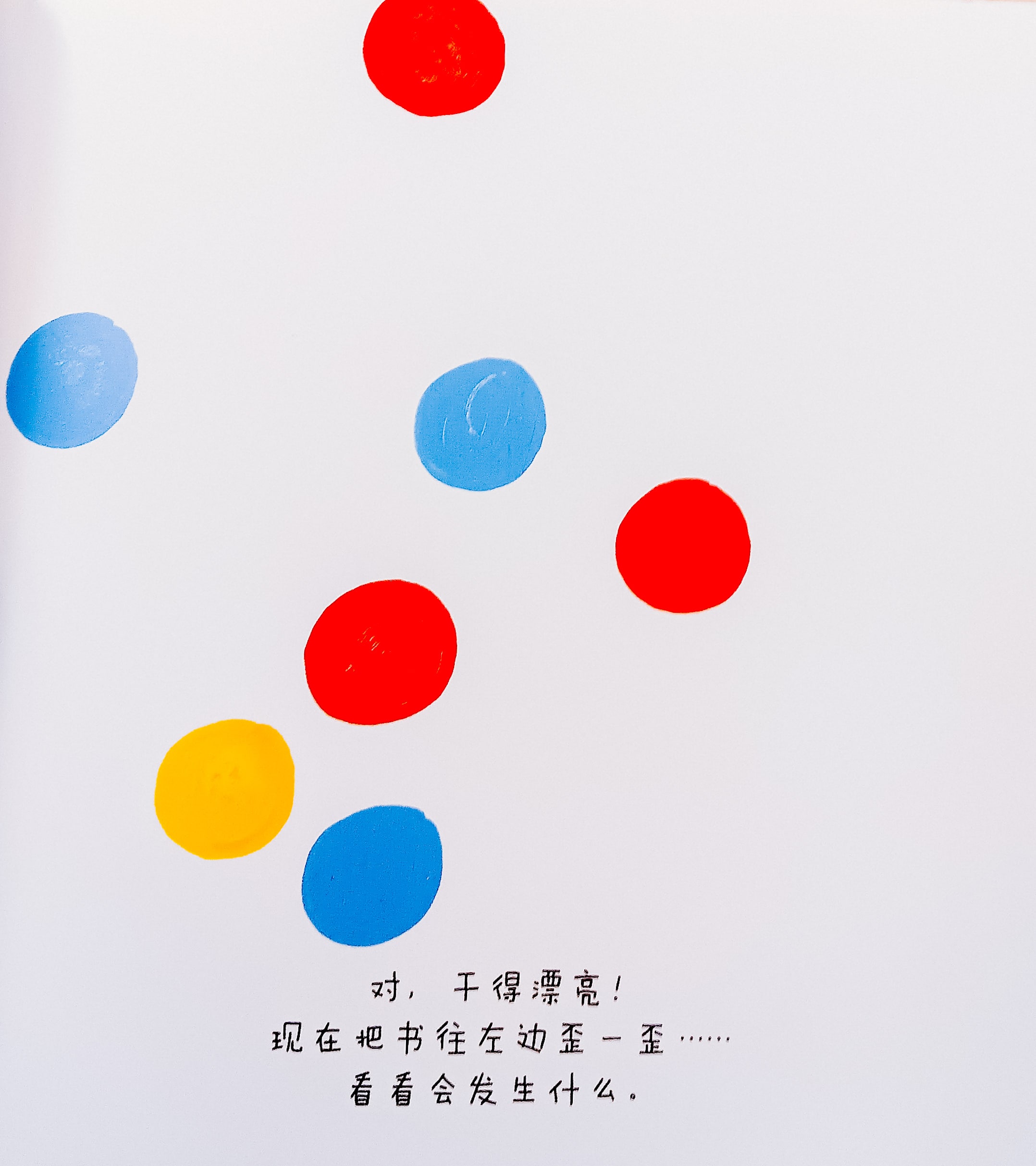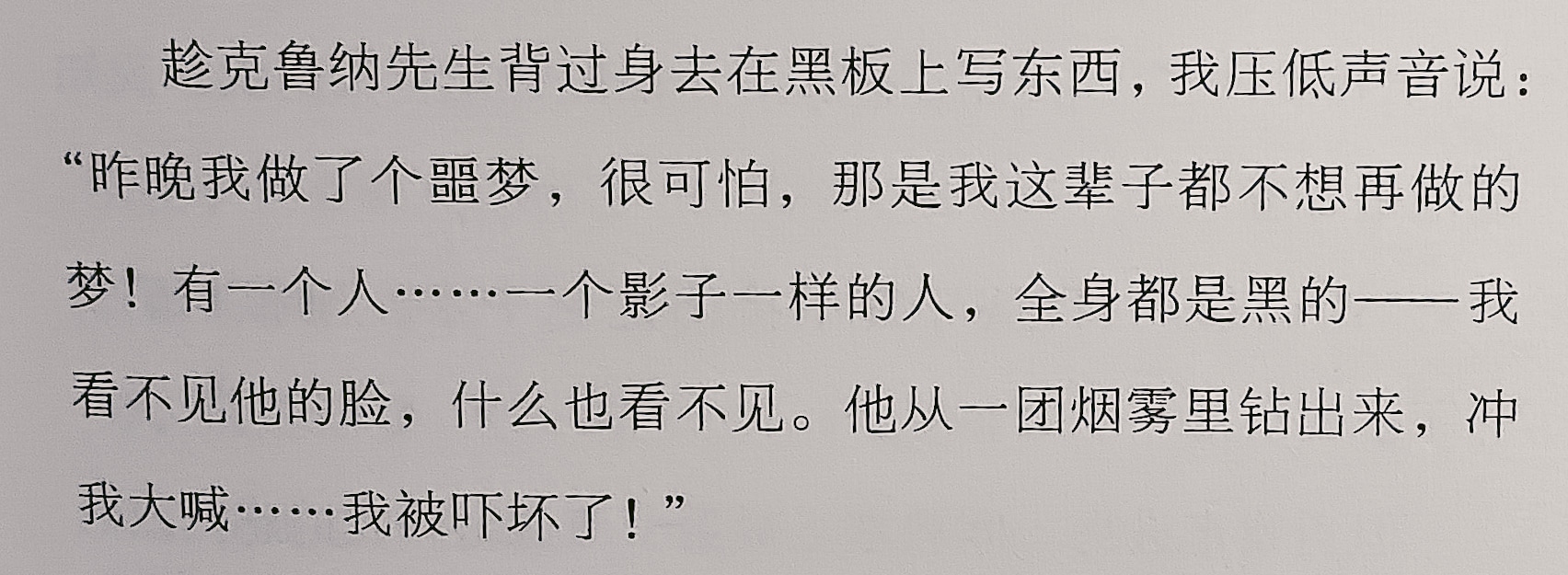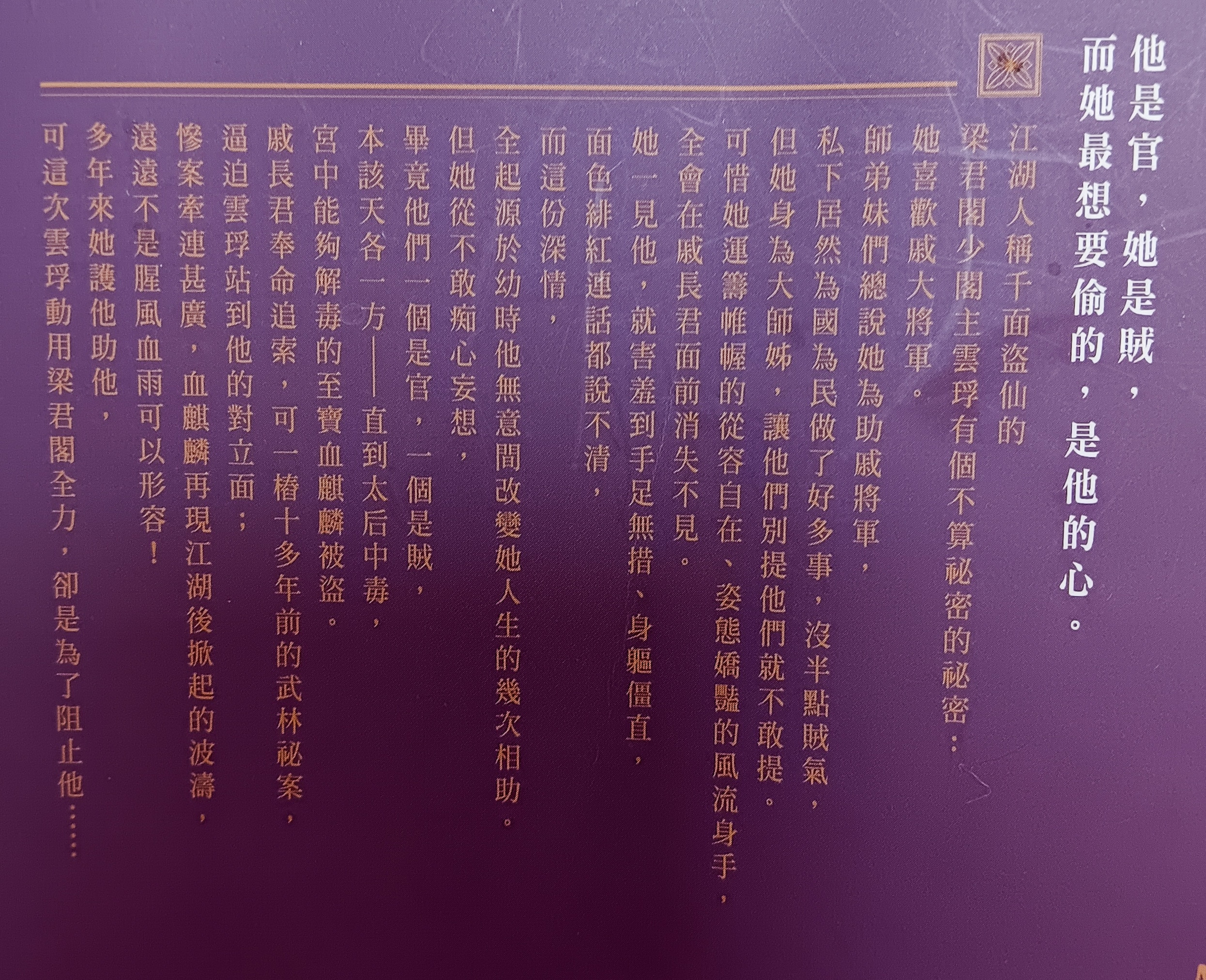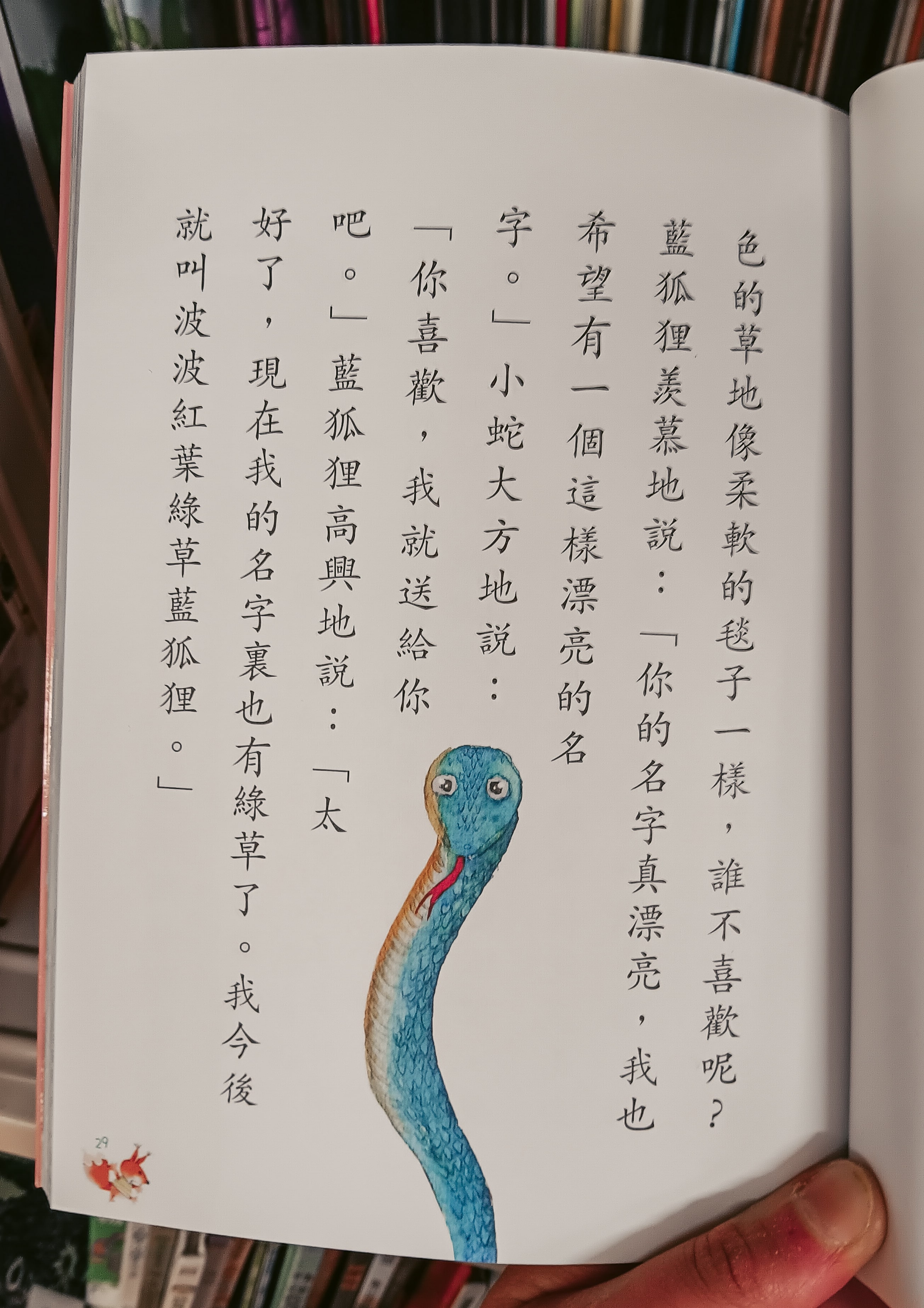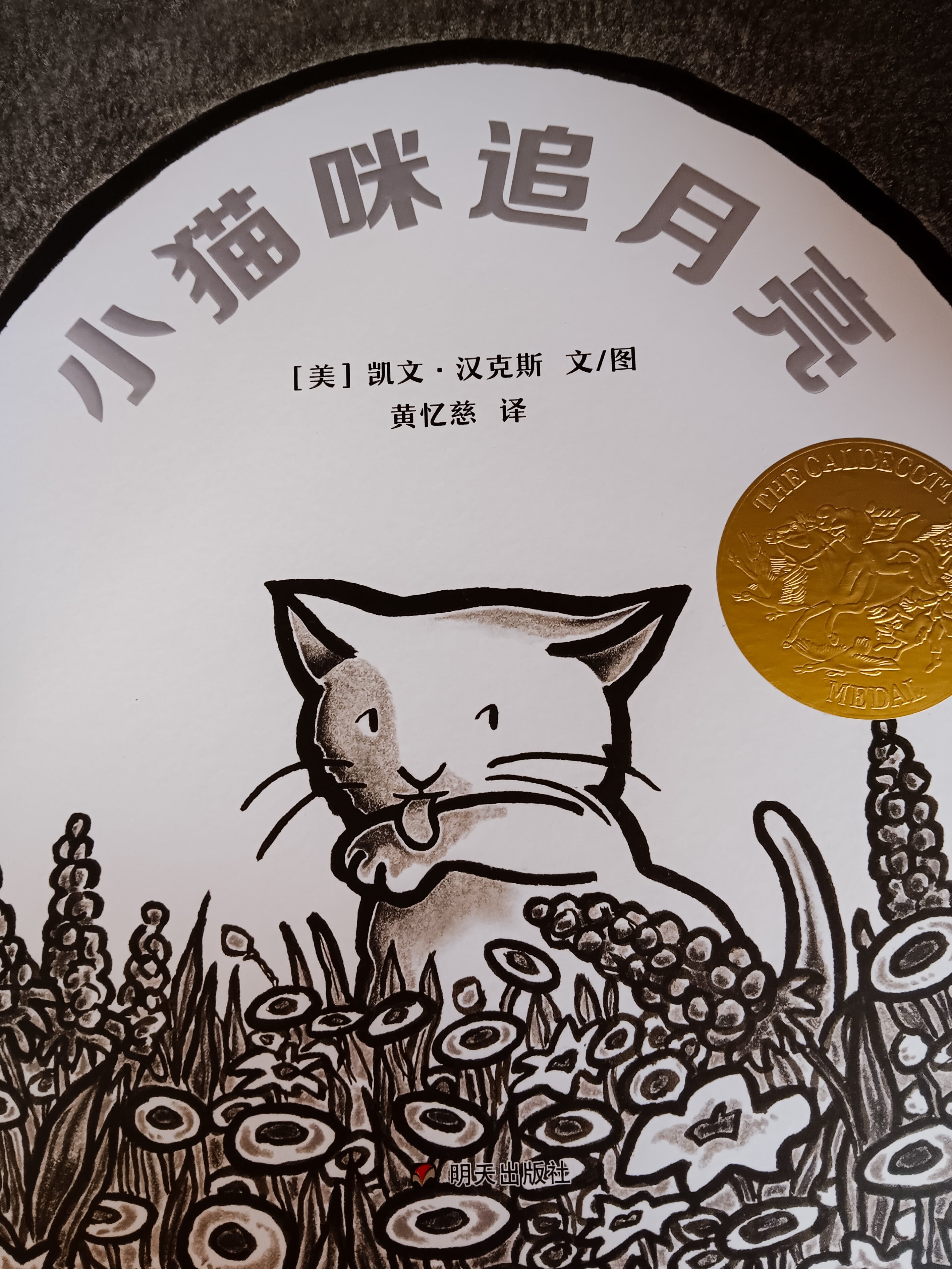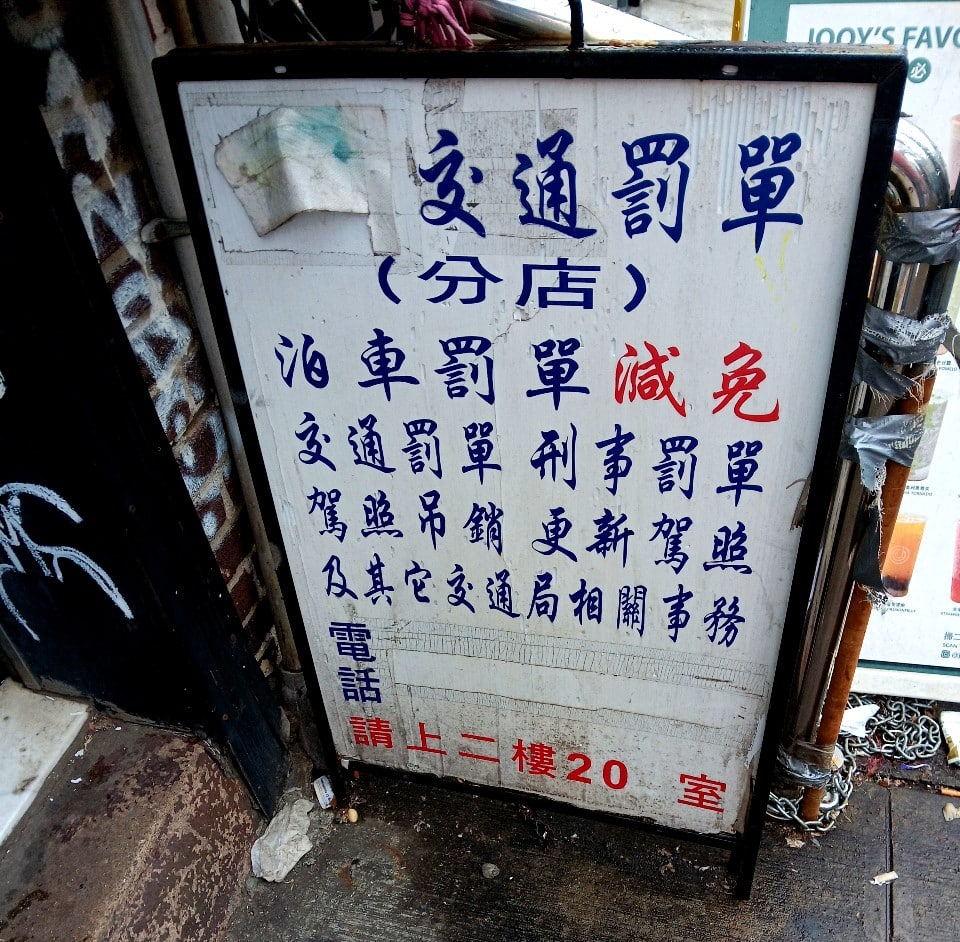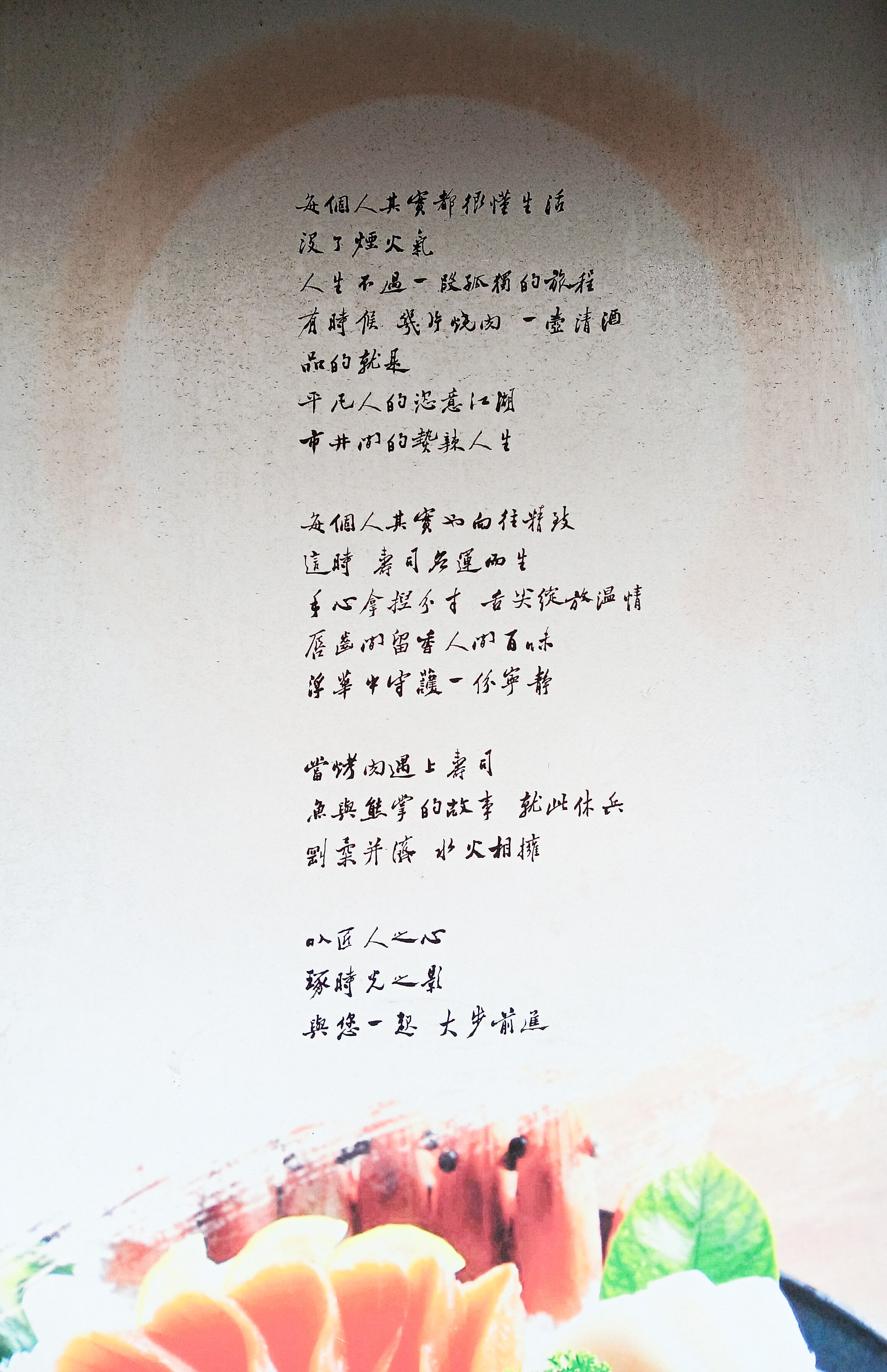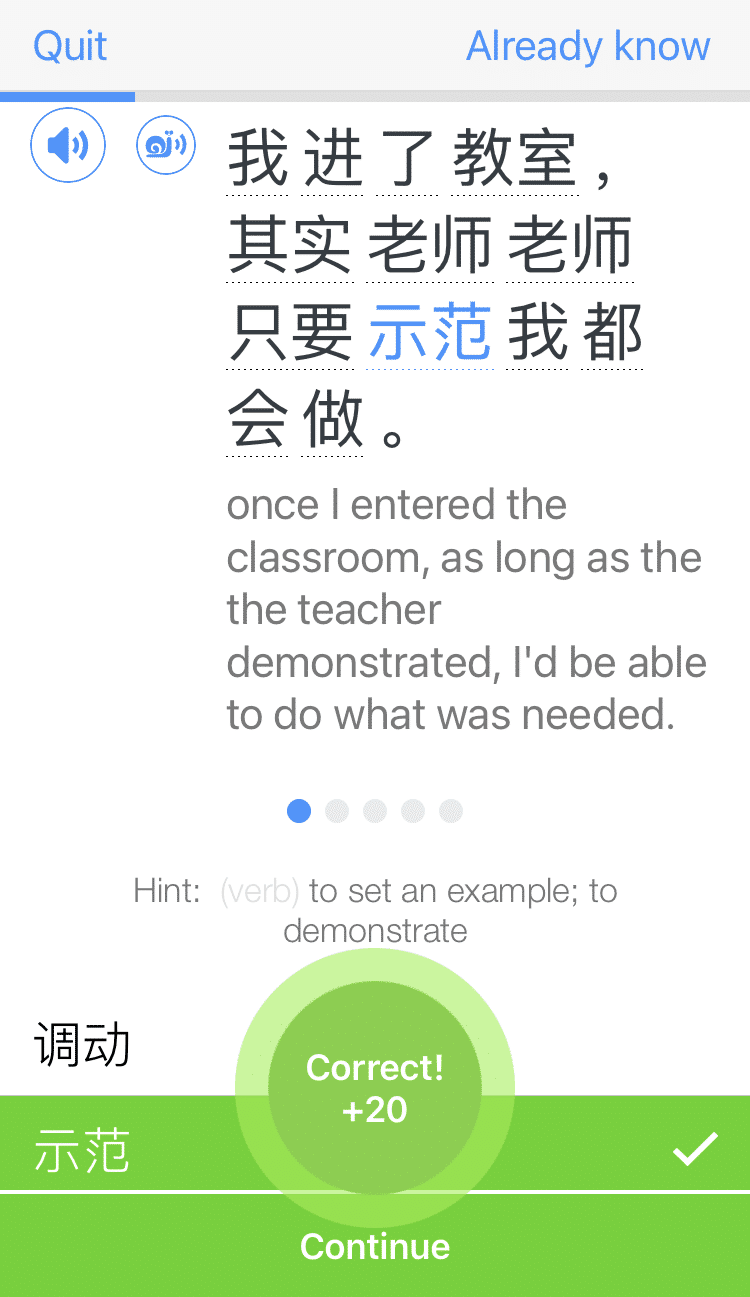
How to Use Chinese Punctuation
Chinese text didn’t start using punctuation marks until the 1900s, after it was influenced by Western writing. As a result you’ll probably recognize many of the punctuation marks used in Chinese writing, though they’re not always used in the exact same way.
Here are all the Chinese punctuation marks you might come across, along with real-life examples from books, street signs and magazines.
Contents
- Table of Chinese Punctuation Marks
- How to Use Chinese Punctuation Marks (with Examples)
- And One More Thing...
Download: This blog post is available as a convenient and portable PDF that you can take anywhere. Click here to get a copy. (Download)
Table of Chinese Punctuation Marks
Before we get into examples, here are all the Chinese punctuation marks you need to know, along with their Chinese names:
| Punctuation | Chinese name | Pinyin | What it is | What it does |
|---|---|---|---|---|
| 。 | 句号 | jùhào | Period | Used to mark the end of a sentence. |
| 。。。。。。 or ⋯⋯ | 省略号 | shěnglüèhào | Ellipsis | Used to indicate a thought trailing off. |
| ? | 问号 | wènhào | Question Mark | Used to indicate a question. |
| ! | 感叹号 | gǎntànhào | Exclamation Mark | Used to indicate emphasis or exclamatory statements. |
| , | 逗号 | dòuhào | Comma | Used to separate clauses, phrases, or items in a list. |
| 、 | 顿号 | dùnhào | Enumeration Comma | Used in lists to separate items. |
| ; | 分号 | fēnhào | Semicolon | Used to separate closely related clauses or phrases. |
| : | 冒号 | màohào | Colon | Used before a list, explanation, or quotation. |
| ⸺ | 破折号 | pòzhéhào | Dash | Used to indicate a break in thought or to emphasize a point. |
| 「 」 or 『 』 | 引号 | yǐnhào | Quotation Marks | Used to indicate speech, quotes, or titles. |
| () | 括号 | kuòhào | Parentheses | Used to enclose additional information or explanations. |
| 〈〉or《》 | 书名号 书名号 | shūmínghào | Title marks | Used as quotation marks specifically for titles. |
| 【 】 or 〖〗 | 被叫的 | bējiǎdē | Brackets | Used as quotation marks in simplified Chinese, usuallyfor song titles. |
| __ or ︱︱ | 着重号 | zhuózhònghào | Emphasis Marks | Used to indicate emphasis or importance. |
| · | 間隔號 | jiàngéhào | Middle Dot | Used to separate names and titles that aren't Chinese in origin. |
How to Use Chinese Punctuation Marks (with Examples)
Chinese can be written in several different orientations, but the most common method is to write from top to bottom in columns that are read from right to left. This traditional vertical writing style is known as 纵向 (zòngxiàng) or 直书 (zhíshū) in Chinese, which means “vertical writing” or “column writing.”
When written horizontally, Chinese is typically written from left to right, just like English. This style is called 横排 (héngpái) or 横书 (héngshū) in Chinese, meaning “horizontal writing.”
Punctuation marks might show up a little differently depending on the style of writing they appear in. They might also be used slightly differently from what you’re used to in English.
Here are some things you should know about certain Chinese punctuation marks. Wherever possible, I’ve added real-life examples that I found to show you how you might find these punctuation marks “in the wild.”
You can also see how punctuation is used in the subtitles in FluentU videos.
FluentU takes authentic videos—like music videos, movie trailers, news and inspiring talks—and turns them into personalized language learning lessons.
You can try FluentU for free for 2 weeks. Check out the website or download the iOS app or Android app.
P.S. Click here to take advantage of our current sale! (Expires at the end of this month.)
Using Commas in Chinese
In English, commas are primarily used to separate items in a list, to split up clauses in a sentence and to indicate pauses. In Chinese, commas are also used for the same purposes, but more sparingly.
Here’s a simple example from a sign:
You can also see plenty of other examples in the images below. Keep an eye out for them!
The enumeration comma (、) is a specific punctuation mark used in Chinese. It’s used exclusively to separate items in a list. You can see both types of commas in use in this article (pictured in full in the next section):
Using Periods in Chinese
In Chinese, periods also indicate the end of a sentence. However, in formal Chinese writing, periods are often used more frequently than in English to indicate pauses between phrases or ideas within a sentence.
Periods are pretty common in Chinese writing and are easy to spot since they’re basically small circles. For instance, there are several periods scattered throughout this magazine article:
Using Exclamation Marks in Chinese
There’s not much difference between the use of exclamation marks in English and Chinese. However, I have noticed that Chinese uses them less frequently, even when similar signs in English would use an excess of them. Here’s an example from a sign:
Using Quotation Marks in Chinese
Chinese technically uses corner brackets (「」) as quotation marks, but you’ll also frequently encounter Western quotation marks ( “” ). For instance, here’s an example from a children’s book:
And here’s an example from an adult book:
The traditional Chinese quotation brackets are still used as well, though they’re more common with vertical text, like in this book:
Using Ellipses in Chinese
The ellipsis in Chinese is used to indicate an omission or trailing off of thought, similar to its usage in English. It consists of six dots (。。。。。。) rather than three.
They also often appear in the center of the line, instead of at the bottom of the line (⋯⋯). Here it is in a children’s book:
When the text is in vertical orientation rather than horizontal, these dots are also flipped on their axis, like in this example from a book:
Using Dashes in Chinese
Dashes in Chinese generally take up the space of two English em-dashes, making them extra long. This is to prevent confusion with the Chinese character 一 (yī). You can see just how different they look in the example below:
When text is vertical, it’s easier to distinguish between the two marks: The dash gets turned on its side as well, while the character 一 does not, as you can see in this blurb:
This isn’t the case for all punctuation marks. For instance, colons remain upright too. Be careful not to confuse them for ellipses!
Middle Dot in Chinese
When a non-Chinese name is written with Chinese characters, it can be hard to distinguish different parts of the name. To make it easier to read foreign names, Chinese places a dot between the first and last name, like this:
Or this:
When Not to Use Punctuation Marks in Chinese
It’s just as common to see no punctuation marks at all, especially in signs, even when the English counterpart might include them. Here’s an example from a sign I encountered in Brooklyn’s Chinatown:
This sushi restaurant had an entire poem outside its doors, which also used not a single punctuation mark:
Chinese punctuation marks may be a new addition to the language, but they’re commonly used now. So if you’re studying Chinese, make it a point to learn these punctuation marks and what they represent!
And One More Thing...
If you want to continue learning Chinese with interactive and authentic Chinese content, then you'll love FluentU.
FluentU naturally eases you into learning Chinese language. Native Chinese content comes within reach, and you'll learn Chinese as it's spoken in real life.
FluentU has a wide range of contemporary videos—like dramas, TV shows, commercials and music videos.
FluentU brings these native Chinese videos within reach via interactive captions. You can tap on any word to instantly look it up. All words have carefully written definitions and examples that will help you understand how a word is used. Tap to add words you'd like to review to a vocab list.
FluentU's Learn Mode turns every video into a language learning lesson. You can always swipe left or right to see more examples for the word you're learning.
The best part is that FluentU always keeps track of your vocabulary. It customizes quizzes to focus on areas that need attention and reminds you when it’s time to review what you’ve learned. You have a 100% personalized experience.
Start using the FluentU website on your computer or tablet or, better yet, download the FluentU app from the iTunes or Google Play store. Click here to take advantage of our current sale! (Expires at the end of this month.)

